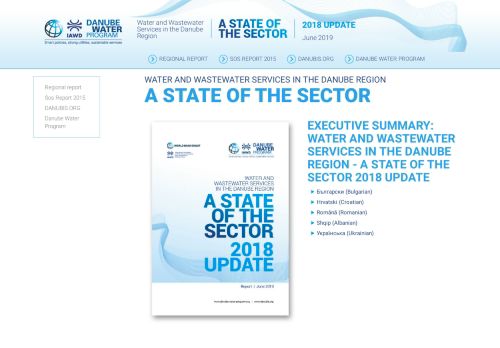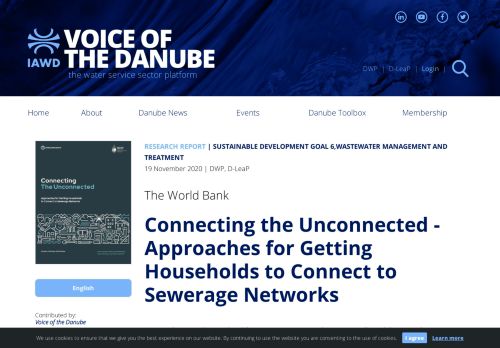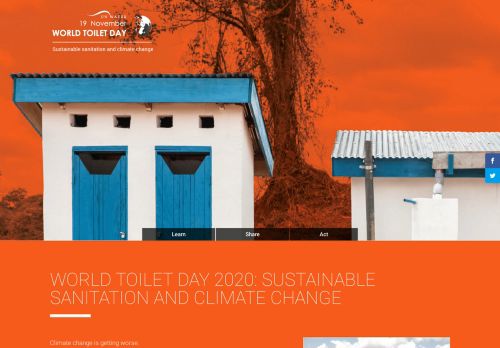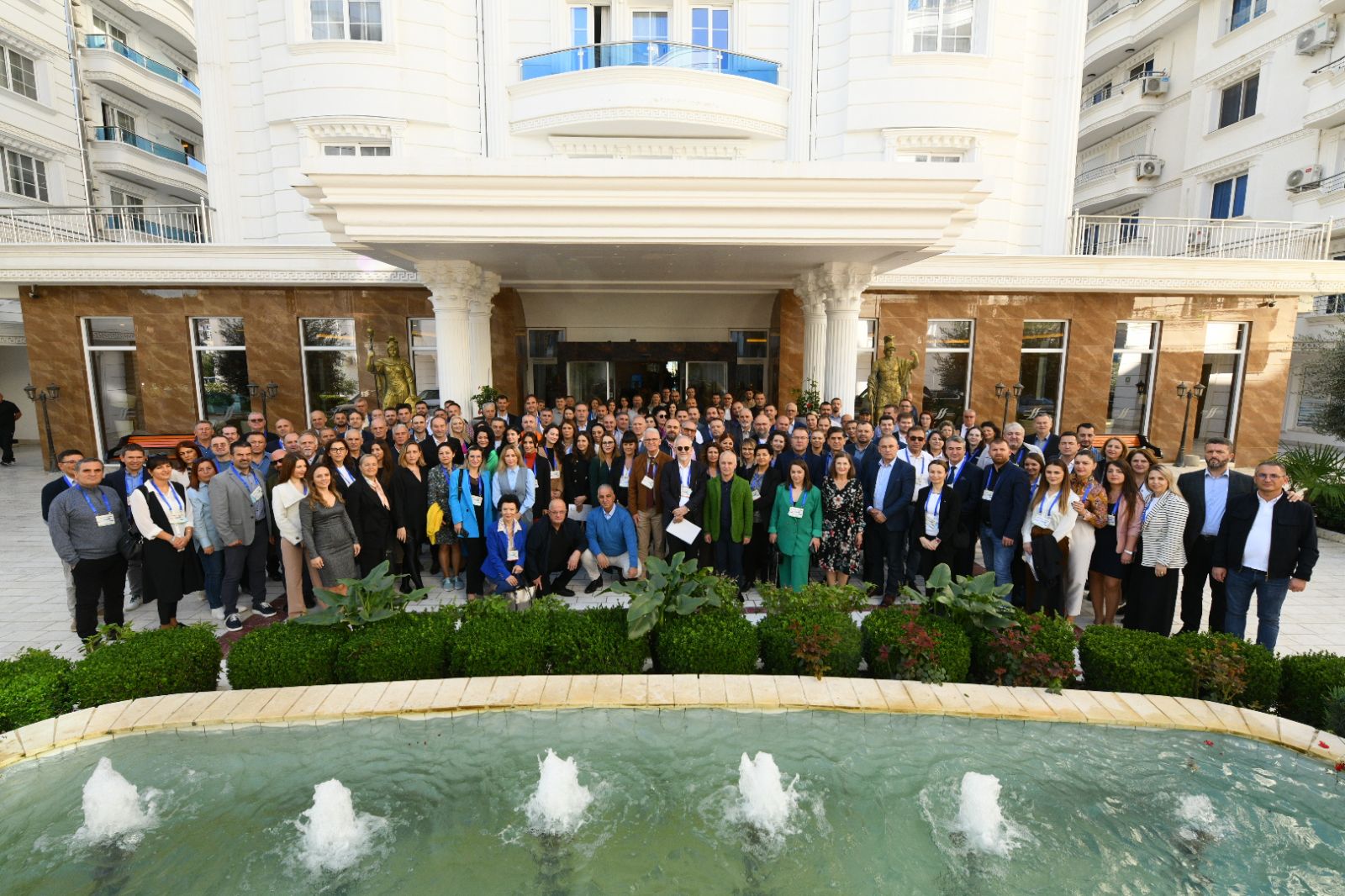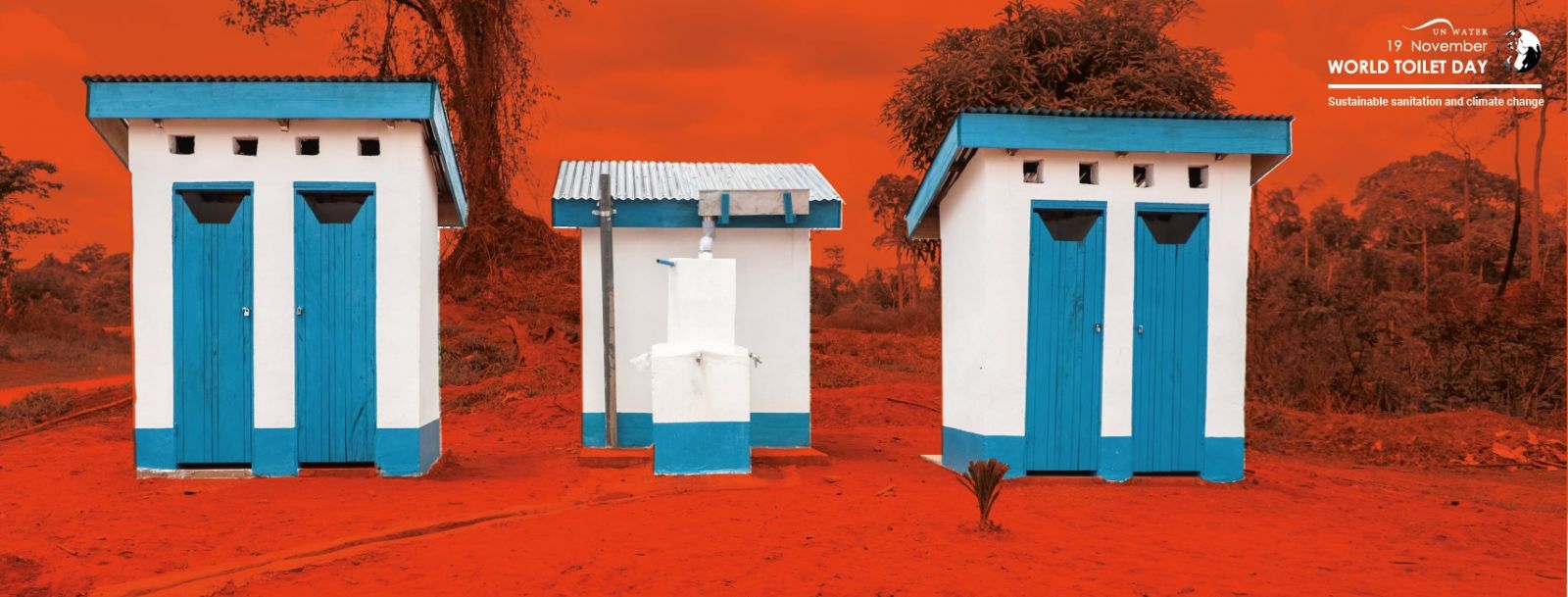
Voice of the Danube
16 November 2020
World Toilet Day, 19th November, celebrates toilets and raises awareness of the 4.2 billion people living without access to safely managed sanitation. It is about taking action to tackle the global sanitation crisis and achieve Sustainable Development Goal 6: water and sanitation for all by 2030.
This year the World Toilet Day 2020 focuses on sustainable sanitation and climate change. Climate change is getting worse. Flood, drought and rising sea levels are threatening sanitation systems – from toilets to septic tanks to treatment plants. Everyone must have sustainable sanitation, alongside clean water and handwashing facilities, to help protect and maintain our health security and stop the spread of deadly infectious diseases such as COVID-19, cholera and typhoid. Sustainable sanitation systems also reuse waste to safely boost agriculture, and reduce and capture emissions for greener energy.
So, what does a sustainable sanitation system look like? Sustainable sanitation begins with a toilet that effectively captures human waste in a safe, accessible and dignified setting. The waste then gets stored in a tank, which can be emptied later by a collection service, or transported away by pipework. The next stage is treatment and safe disposal. Safe reuse of human waste helps save water, reduces and captures greenhouse gas emissions for energy production, and can provide agriculture with a reliable source of water and nutrients.
If you are interested in the status of sanitation in the Danube region, please consult the latest update of the State of the Sector report under the link below.
In addition, the World Bank has published its brand-new report "Connecting the Unconnected : Approaches for Getting Households to Connect to Sewerage Networks", wich is available in the Danube Library.
VoD - Connecting the Unconnected - Approaches for Getting Households to Connect to Sewerage Networks
Cities and towns in low- and middle-income countries tend to grow rapidly, and they struggle to maximize the number of households provided with safely managed sanitation services, as defined by the Sustainable Development Goals (S...
